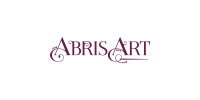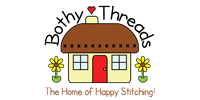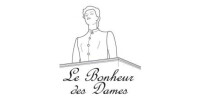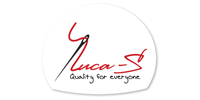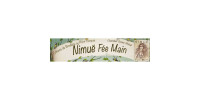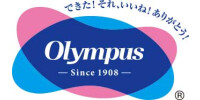What is Sashiko?
Sashiko is a traditional Japanese embroidery art with deep historical roots and a unique style. In Japanese, "sashiko" translates to "little stabs," which aptly describes the technique of stitching. The key feature of sashiko is its simplicity and minimalism in design, with each stitch executed with special attention to detail.
The technique of sashiko embroidery is relatively simple, yet the finished work appears very elegant, making it suitable for embellishing both interior decor and clothing.
A Bit of History
The Japanese sashiko embroidery technique dates back to the 16th century. Its origin is unknown because it emerged in various parts of Japan.
Initially, sashiko was practiced by lower-class citizens to insulate clothing by stitching multiple layers of fabric together. These garments were more durable and had a longer lifespan. Poor individuals had to repurpose several items into one using needles and threads.
Additionally, during that era, Japan faced a significant shortage of goods, including fabrics, which led to the Japanese making the most of the available textiles.
Another reason for sashiko's popularity was the symbolism attached to it. Japanese people believed that embroidery on clothing could protect the wearer from evil spirits and bring prosperity and well-being. Patterns were often accompanied by individual images, which were also thought to bring good luck. These images often featured turtles, dragonflies, and tigers.
Peasants were only allowed to wear clothing in blue and gray. Consequently, traditional sashiko colors include white and blue. The embroidery was done with sturdy white threads, occasionally using blue ones, on blue fabric.
Sashiko Embroidery Technique
The sashiko embroidery technique involves a "running stitch" or "stab stitch."
The actual process involves "threading" stitches onto the needle in a pattern, typically in a 3:2 ratio (with the longer stitch on the front side), without pulling the thread through. After threading the stitches, use a thimble to push the needle through, ensuring the fabric doesn't bunch up. Once the thread is pulled through, spread and stretch the fabric to reduce tension. When reaching the end of a row, make a second knot, leaving a small allowance for compensating fabric tension and potential shrinkage after washing. If you need to make a turn, leave a small loop on the back for flexibility.
5 Simple Sashiko Embroidery Rules
- Choose a long needle. A longer needle allows you to make several stitches at once, significantly speeding up the embroidery process.
- Avoid making stitches at the points where lines intersect in the pattern, as this disrupts the overall symmetry of the design.
- It's important for the needle to enter the backside or exit the front side at the corners while stitching.
- Stitches on the backside should be shorter than those on the front side, roughly half the length, for a consistent look.
- Threads should not pull the fabric too tightly, but excessive slack is also unacceptable.
Materials and Tools for Sashiko Embroidery
- Fabric. Sashiko embroidery is typically done on natural fabrics such as cotton or linen. It's important for the fabric to have sufficient density and durability to ensure the longevity of the embroidery.
- Needle. An embroidery needle should have a sharp tip for easy penetration of the fabric. Choose a long needle with a large eye.
- Thread. The best threads for sashiko are made of cotton.
Our store offers complete sashiko embroidery kits that include all the necessary materials: fabric, threads, needle, stitching pattern, instructions, and a photo of the finished work.
Using Sashiko in Interior and Clothing
Sashiko is not only a captivating craft but also an excellent way to add uniqueness and style to your interior decor and clothing. Here are some ideas on how to utilize sashiko embroidery:
1. Decorative Pillows
Embroidered sashiko pillows can be a vibrant focal point in your living room or bedroom. Choose patterns and colors that complement your interior design. These pillows will add comfort and originality to your home.
2. Table Napkins and Tablecloths
Sashiko embroidery adds a touch of luxury to your dining table. Create colorful table napkins or tablecloths with patterns that enhance the style of your dining area. This is an excellent way to give your dining space a special charm and elegance.
3. Clothing
Sashiko-embroidered clothing can become your unique style statement. Embroider patterns on T-shirts, shirts, jeans, or even dresses. This will add individuality and bright accents to your attire. Stand out from the crowd and create your own distinctive style.
Sashiko is not just a hobby; it's a way to express your individuality and create unique items that will delight both you and those around you.
